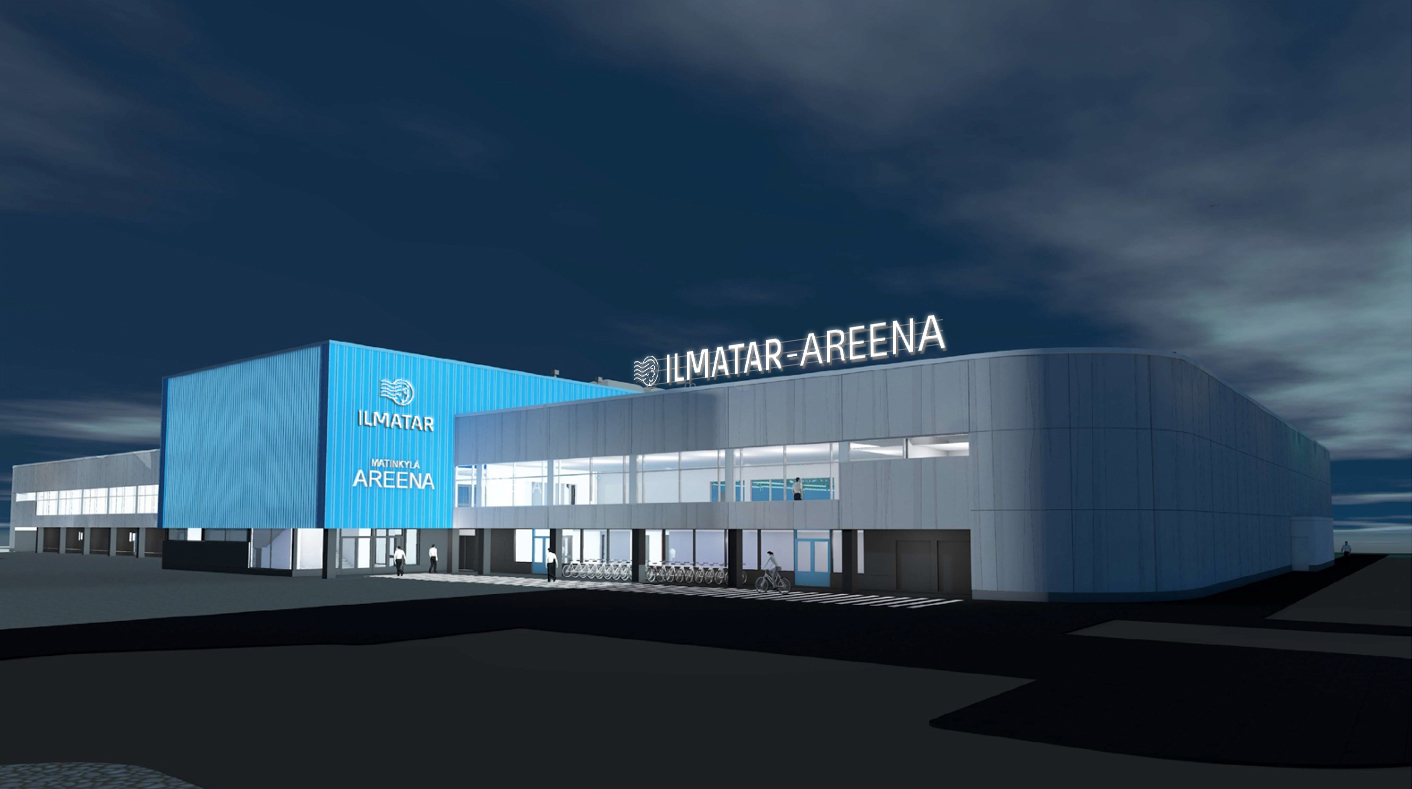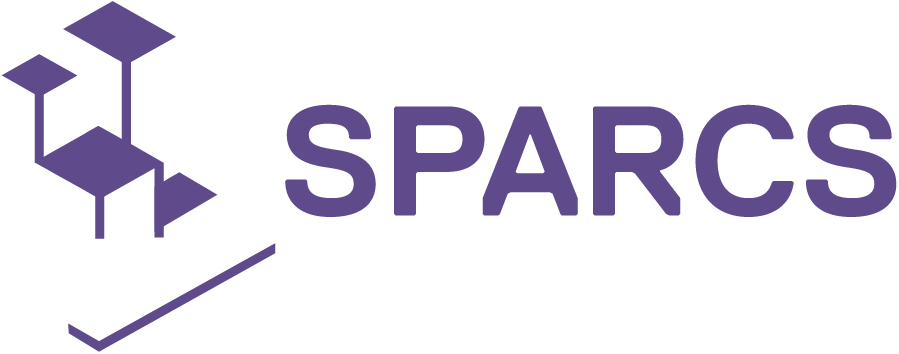SPARCS drives sustainable energy innovation at Ilmatar Areena in Espoo
In a remarkable development at Ilmatar Areena, the Ice Sports Centre in Espoo, Finland, an innovative pilot project has successfully combined cutting-edge technology to integrate energy measurement, building automation equipment, and electric vehicle charging systems. This project was implemented in collaboration SPARCS as part of the effort to transform urban areas into socially and economically sustainable carbon-neutral communities.
As a lighthouse city within the SPARCS initiative, Espoo is at the forefront of proving that urban energy transformation is not only possible but also economically viable. Ilmatar Areena’s project is a shining example of this commitment, demonstrating the potential for widespread application in various properties, thanks to its versatile energy management system.
Renewable energy production can be unpredictable due to weather fluctuations, affecting electricity prices. While abundant solar and wind energy can temporarily lower prices, limited availability can cause them to rise. With the increasing adoption of renewable energy, adapting to these production and price fluctuations becomes paramount. This challenge extends to electric vehicle charging, where optimising the process and scheduling it during periods of abundant, cost-effective electricity supply is essential.
However, electric vehicle charging can seamlessly integrate into a property’s energy management system. An intelligent energy management system can efficiently accommodate electricity production fluctuations and adjust its capacity accordingly.
CHARGING INTEGRATED WITH ENERGY MANAGEMENT
Ilmatar Areena, situated in Matinkylä, Espoo, leads the way in energy management solutions for ice sports facilities while significantly reducing its carbon footprint throughout its lifecycle. The centre relies on clean wind and solar power, embodying the SPARCS initiative’s vision for sustainable energy-positive communities.
The journey began on November 1, 2021, when Ilmatar Areena commenced operations and discussions about incorporating electric vehicle charging facilities soon arose. In response, Plugit and Siemens joined forces in a collaborative project. Plugit was responsible for implementing the charging system and seamlessly integrating it into Siemens’ energy management system. Throughout the project, Plugit expertly managed interface integration, ensuring that electric vehicle charging, intended for customer use, became part of the comprehensive energy management setup.
Today, the parking area at Ilmatar Areena proudly hosts one Siemens Sicharde D power charging unit and eight Keba KeContact P30 charging stations. These devices interact harmoniously with the property’s energy management system, automatically adjusting charging capacity based on total consumption. Siemens’ energy management system communicates with Plugit’s load management system to distribute charging capacity equitably among the devices.
The system was inaugurated in October 2022, and the project’s overall duration, from Plugit’s perspective, was approximately two months.
FLEXIBLE CONSUMPTION FOR SAVINGS AND A STABLE GRID
Consumption flexibility, which restricts electricity usage during production scarcity and increases it during surpluses, plays a vital role in enhancing electric grid reliability. The integration of energy measurement, building automation equipment, and electric vehicle charging systems offers the ability to manage and optimise electricity consumption. Siemens’ intelligent energy management system further facilitates grid balancing by directing property consumption.
This innovative solution, often referred to as a virtual power plant, not only promotes energy efficiency but also yields substantial cost savings for properties. Looking ahead, Ilmatar Areena has the potential to connect with Siemens’ virtual power plant service, positioning the arena as a demand response unit in the energy market.
The Ilmatar Areena project stands as a remarkable testament to the transformative power of the SPARCS initiative, showcasing how collaborative efforts can lead to the creation of sustainable, energy-positive, and zero-carbon communities.
This article is based on the piece written by Antti Kekola, Communication Specialist at Plugit Finland Oy, published here,

